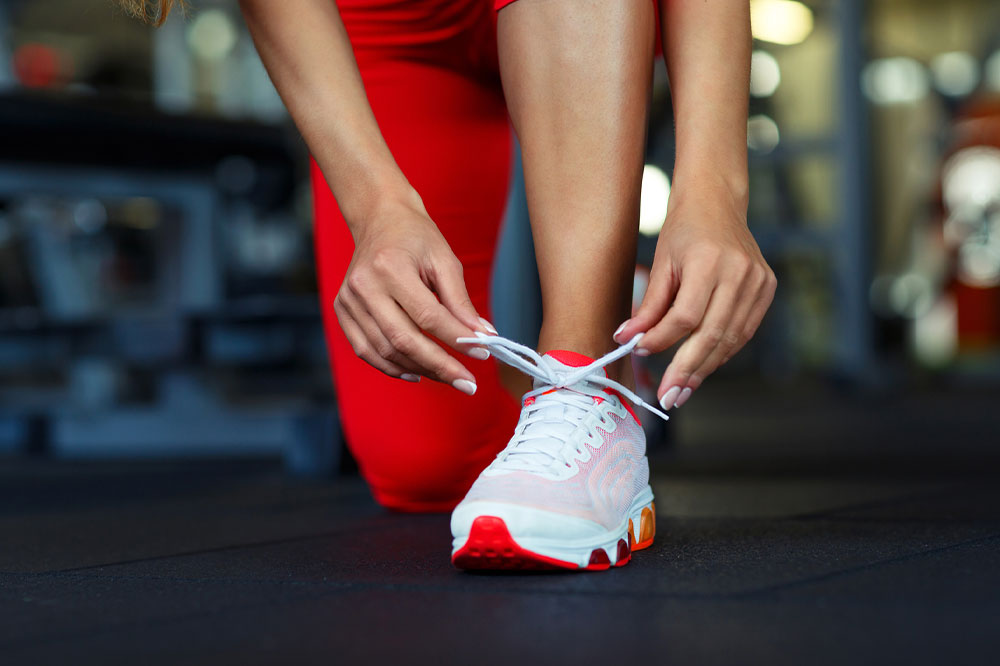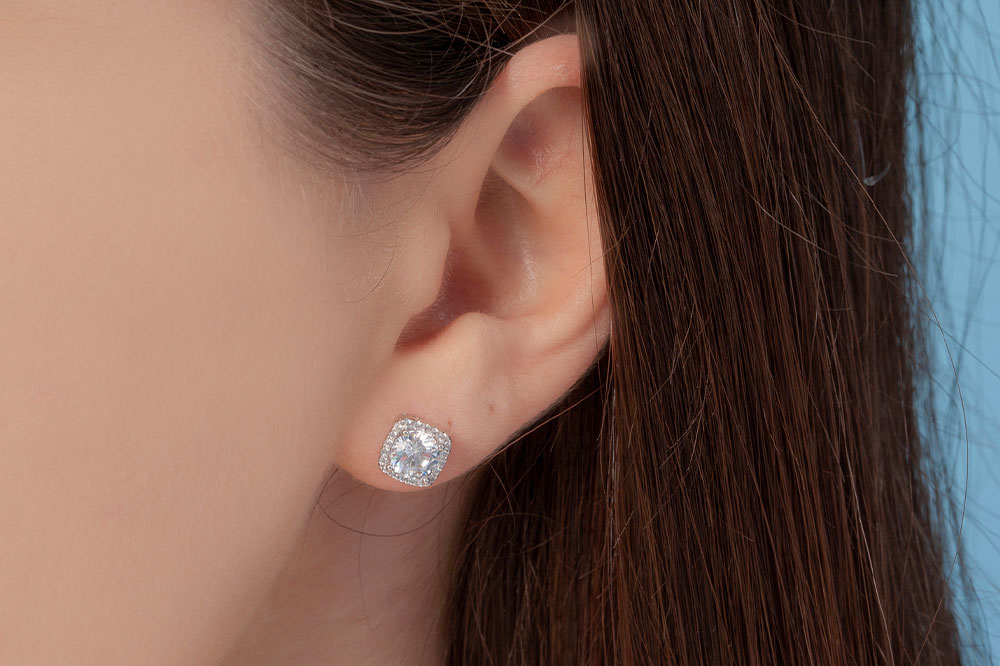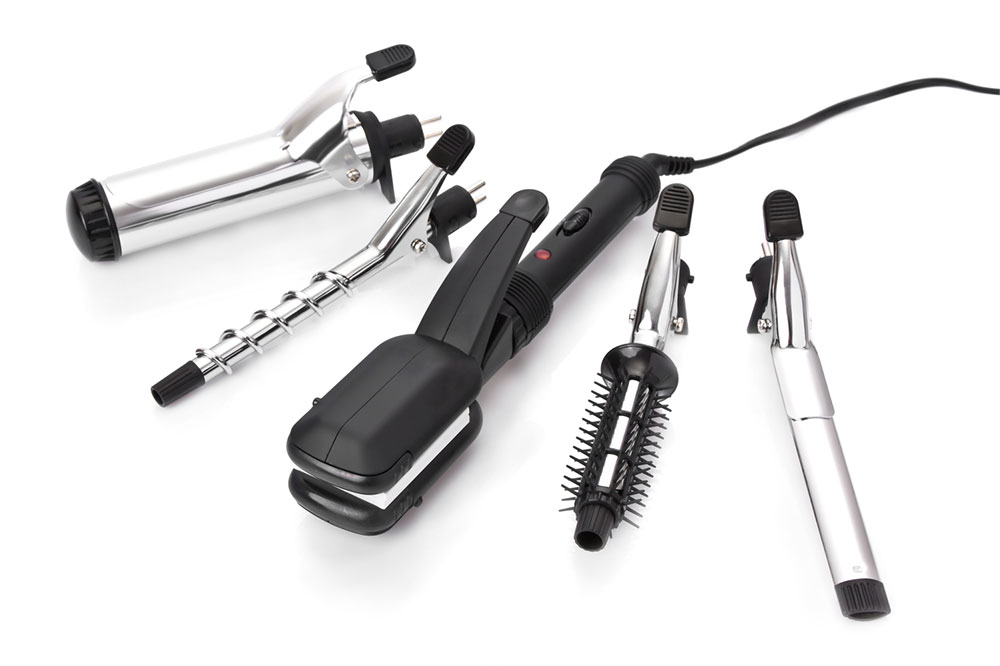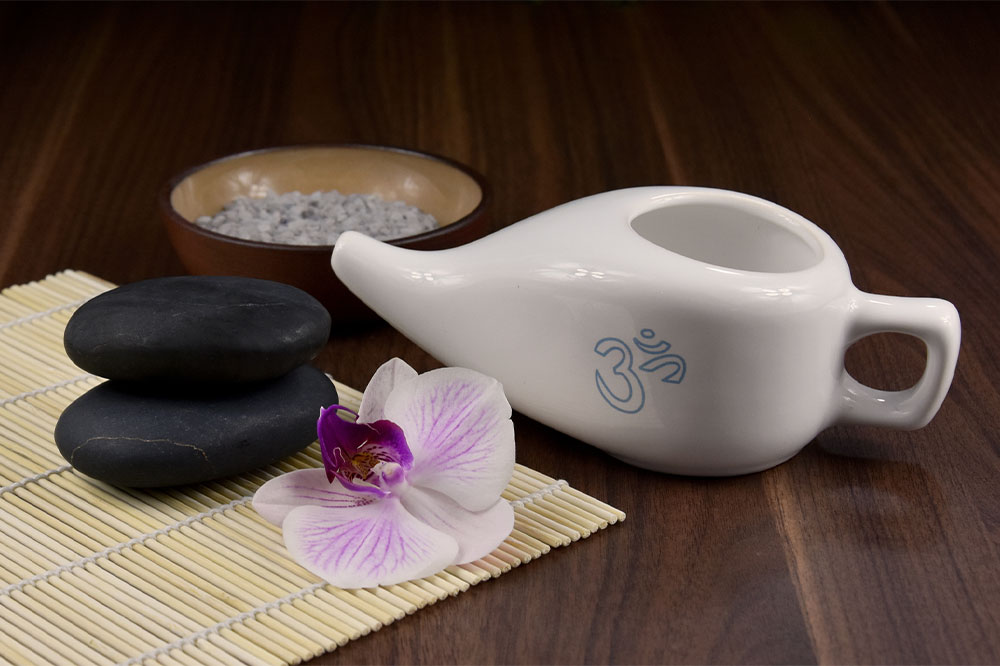Top 9 foods that fight bad breath
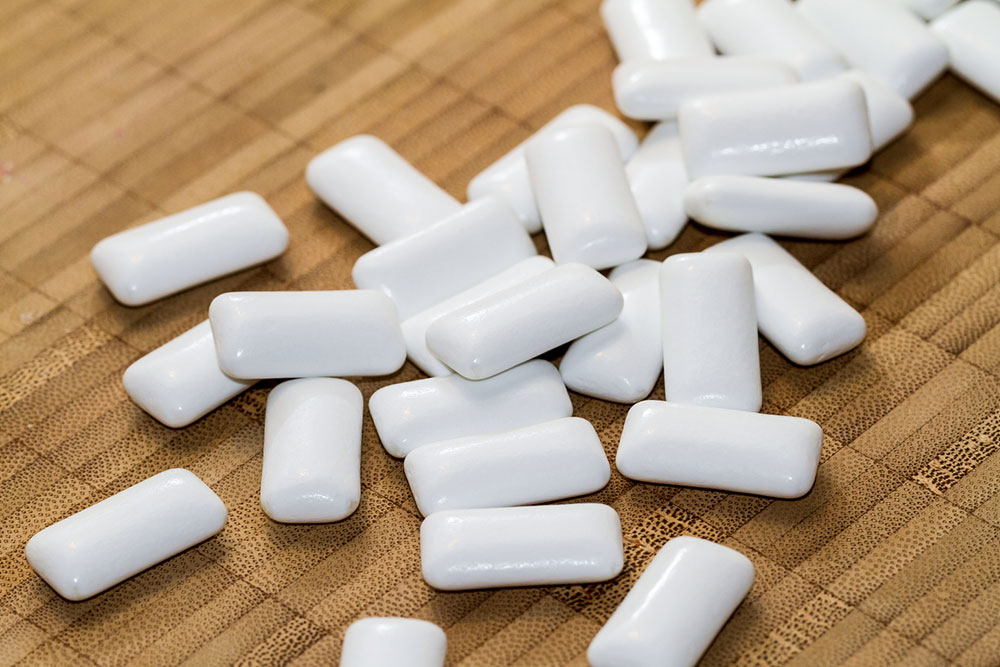
Bad breath, called halitosis, is a common problem affecting millions worldwide. It can be caused by various factors, including poor oral hygiene, certain health conditions, and even the daily foods consumed. While maintaining good oral hygiene practices like brushing and flossing is essential, including specific foods can also help combat bad breath. Bad breath can be a social and personal concern, but one can naturally combat it with the right dietary choices.
Fresh herbs
Fresh herbs like mint, cilantro, and parsley are known for their breath-freshening properties. These herbs contain chlorophyll, a natural deodorizer that actively helps neutralize the sulfur compounds responsible for bad breath. Nutritionists suggest chewing on a sprig of parsley or mint after a meal to freshen bad breath instantly. Alternatively, one can incorporate these herbs into daily dishes for flavor and breath-freshening benefits.
Crunchy vegetables
Crunchy vegetables like carrots, celery, and cucumbers have a dual benefit when combating bad breath. Firstly, these veggies are high in water content that helps stimulate saliva production, which is essential for maintaining a moist mouth and reducing odor-causing bacteria. Secondly, the crisp texture of these vegetables can help clean the teeth and remove food particles that also contribute to bad breath.
Yogurt
Regarding healthy probiotics, the beneficial bacteria found in yogurt can help balance the oral microbiome and reduce the growth of odor-causing bacteria. Nutritionists suggest buying yogurt with live and active cultures to ensure everyone gets the most probiotic benefits. Greek yogurt, in particular, is a good choice as it is low in sugar and protein, making it an excellent addition to daily foods to combat bad breath.
Apples
An apple a day also helps keep bad breath at bay. Apples have a natural scrubbing effect on your teeth, are rich in fiber, and help remove food particles and bacteria contributing to bad breath. Additionally, the crunchy texture of apples stimulates saliva production, which further aids in cleansing the mouth and neutralizing odor. Eating apples as a snack or adding them to a simple salad can be a delicious and effective way to counter bad breath.
Citrus fruits
Citrus fruits like oranges, lemons, and grapefruits are refreshing and can help combat bad breath. These fruits are high in vitamin C and can prevent gum disease and gingivitis, both oral complications that can worsen halitosis. Additionally, the natural acidity in citrus fruits stimulates saliva production and helps wash away odor-causing bacteria. Enjoying a glass of fresh citrus juice or adding citrus slices to water can help maintain fresh breath.
Nuts and seeds
Seeds and nuts such as chia seeds, almonds, and sunflower seeds are excellent sources of fiber and healthy fats. Chewing on these crunchy snacks can help stimulate saliva flow, essential for maintaining oral moisture and neutralizing odors. Almonds, in particular, contain zinc, a mineral that reduces bad breath by inhibiting bacteria growth in the mouth. Including a handful of nuts or seeds in your daily diet can be a tasty way to fight bad breath.
Ginger
Ginger has been used for its medicinal properties, including its ability to combat bad breath. It contains antimicrobial compounds that can help kill odor-causing bacteria in the mouth. Ginger has anti-inflammatory properties that naturally soothe irritated gums and promote oral health. One can consume ginger in various forms, such as adding it to your tea, chewing on a small piece, or incorporating it into your cooking for a flavorful and breath-freshening experience.
Green tea
Green tea has been lauded for its numerous health benefits, and countering bad breath is one of them. It contains essential polyphenols that help suppress bacterial growth in the mouth and reduce the production of foul-smelling compounds. The antioxidants in green tea also help soothe the gums and reduce inflammation. To maximize the benefits, drink a cup of unsweetened green tea daily or use it as a mouthwash by swishing it inside the mouth for a few seconds before spitting it out.
Water
While not technically a food, water is necessary to maintain good oral hygiene and prevent bad breath. Drinking adequate water throughout the day helps wash away food particles, bacteria, and odor-causing compounds from the mouth. It also prevents dry mouth, a common cause of bad breath, by keeping natural saliva production up throughout the day. Make it a habit to sip water regularly, especially after meals, to keep the mouth moist and fresh.

